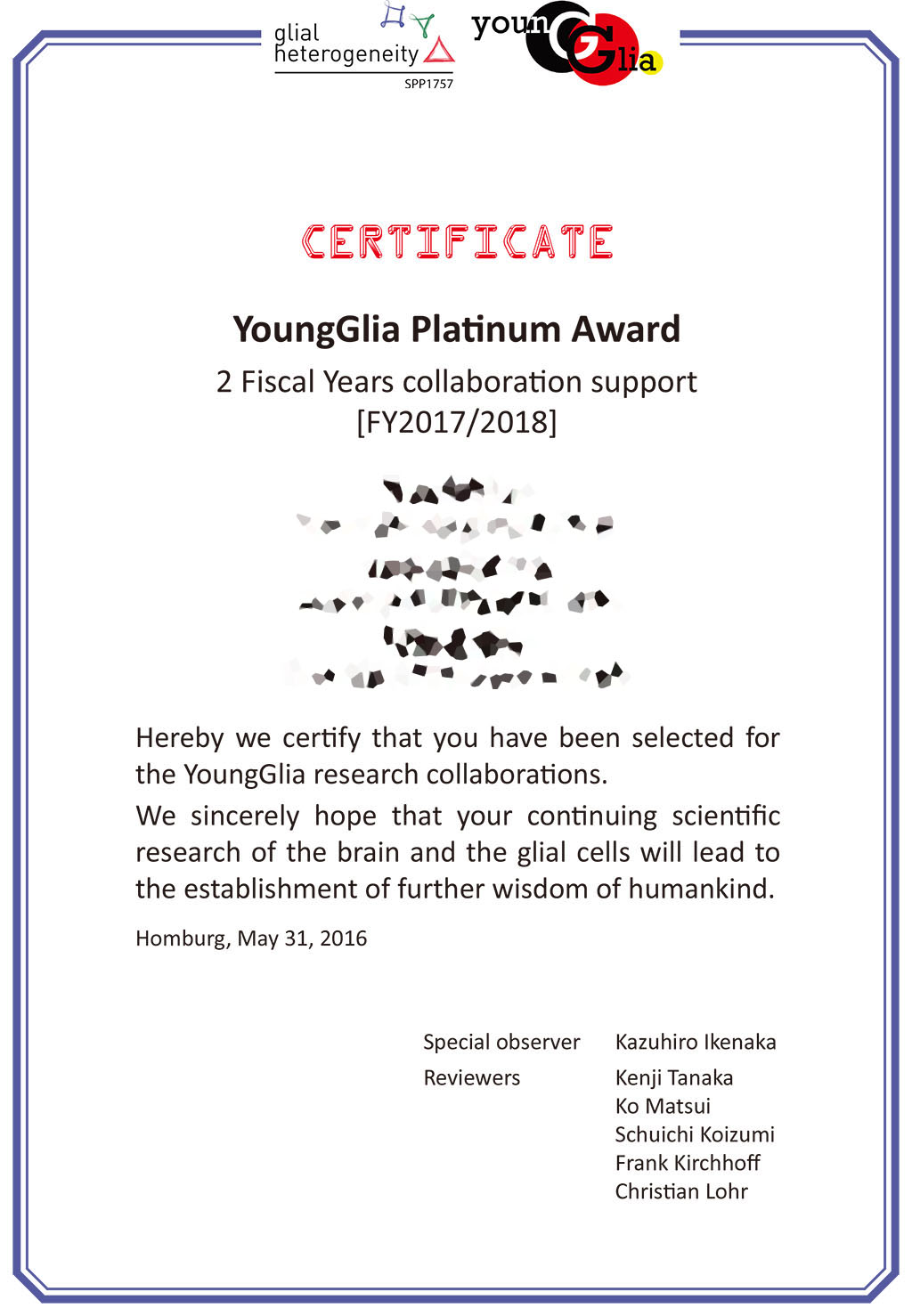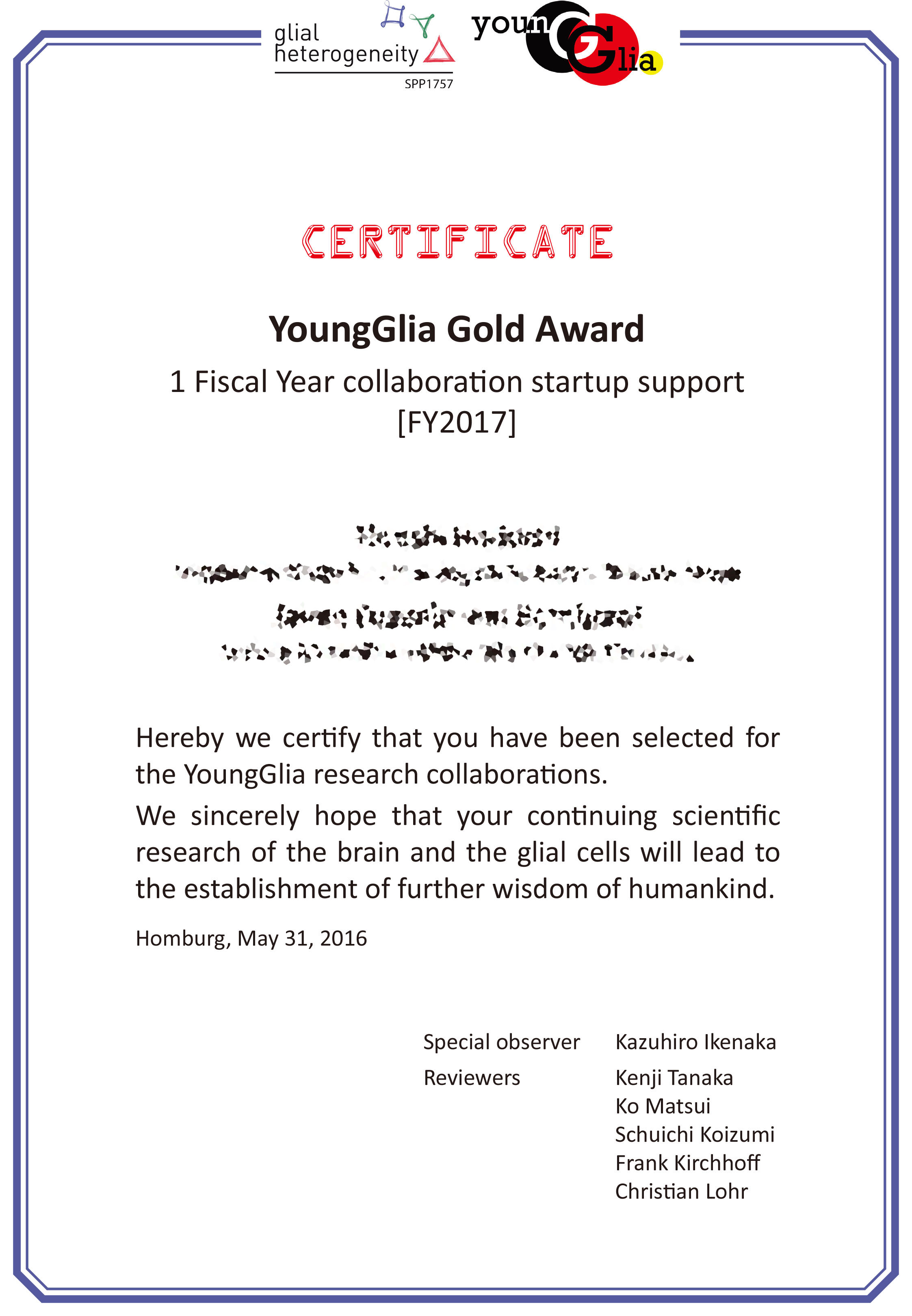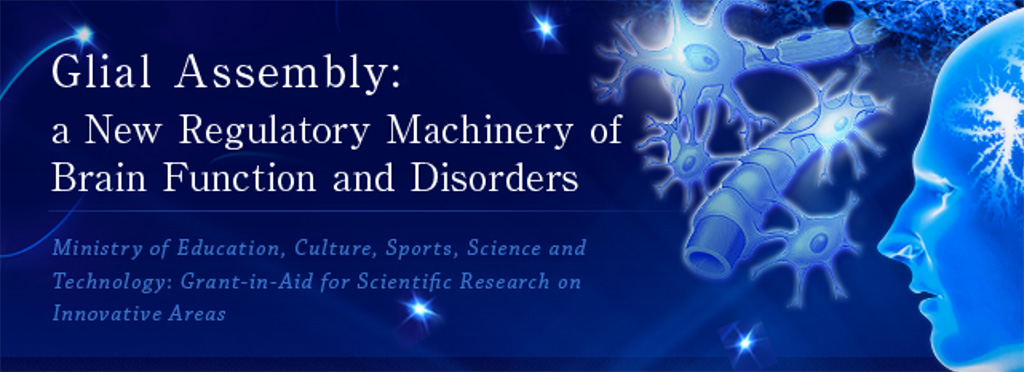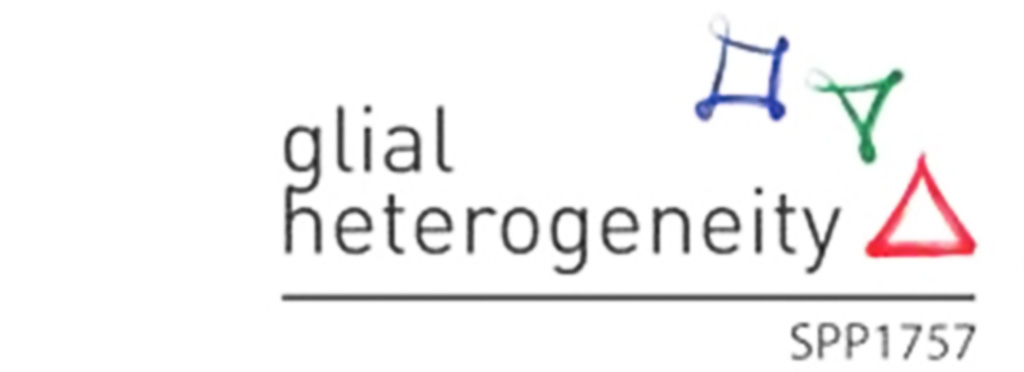Where is the location of our mind? It probably resides in the milky-white substance that sits inside your skull. But the half of the brain is glia. Let's, for the sake of argument, assume that our mind is embedded in these glial cells. What would be your counterevidence?
Young Glia
ABOUT
- Framework
- Young Glia
- Established
- November 15, 2015
- Budget source
-
Japan: Glial Assembly
Germany: Glial Heterogeneity
- Executive Supervisors
-
Japan: Dr. Kazuhiro Ikenaka
Germany: Dr. Frank Kirchhoff
- Project Overview
-
The purpose of this framework is to stimulate mutual exchange visits of young researchers of glial research. The collaborative research between Japan and German will be carried out by the young researchers. Applicants must be graduate students or have obtained a Ph.D. degree within the past five years. The collaboration must be approved by the priciple investigators on both sides but the original proposal and execution of the research itself must be done by the young researchers.
FY2016/2017 grant application
This time it will be a two-step process!
Step #1, junior scientists in Japan will make a proposal and approximately 11 candidates will be selected and will be given a travel grant to attend the 2nd Young Glia meeting in Homburg, Germany from May 29-31, 2016.
Selection announcement: April 22, 2016
Step #2, the selected candidates from Japan will join their counterparts in Germany and they will give a collaboration proposal at the 2nd Young Glia meeting in Homburg, Germany. Approximately 4 groups will be selected for the full support during FY2016/2017.
Standard traveling schedule from Japan:
Depart Japan May 28/ attend meeting 29-31/ depart Germany June 1, arrive Japan June 2
- Suggested travel plan (in Japanese)
- Suggested train schedule (PDF)
- Hotel locations (PDF)
- Homburg restaurants (PDF)
Be aware! The train station at the airport is Franfurt(M) Flughafen Fernbf
Selection announcement: Afternoon of 31st May, 2016
- Application details and form (MSWord)
- Participant list (MSExcel; password protected)
- Meeting schedule (PDF)

Purpose:
The purpose of this grant is to stimulate mutual exchange visit of the applicants and for them to work together at the same place. The grant can be used to purchase a small amount of consumables.
Description:
Up to four research grants will be awarded for international collaborative glia studies between junior scientists.Grant period:
Two years
Grant amount:
Up to 1,000,000 yen (about 7.500 EUR)/year (total amount of 2,000,000 yen). The grant can be used for travel of scientists from both countries, consumables, and other research-related expenses. The grants will adequately be complemented by additional support for traveling, housing, lab expenses etc. in Germany by the German Glia Consortium (SPP 1757) according to project requirements.
Eligibility and limitation:
Applicants (and co-applicants) must be graduate students or have obtained a PhD degree within the past five years. Applicants may be involved in multiple applications, but only one project will be awarded per laboratory.
Application process:
1. Applicants, their PIs, and attendees of the Homburg meeting should study the list of potential collaborative laboratories (attached) and are advised to contact the PI(s) of the candidate laboratory(ies) beforehand.
2. Contacted PI will introduce a junior scientist in his/her laboratory. Thereafter a project will be discussed between the applicant and introduced junior scientist.
3. Alternatively, serendipitous project ideas resulting from interactions at the Homburg meeting (29-31 May, 2016) are also welcome.
4. Group applications involving 3+ Japanese and German scientists are also accepted.
5. Application should be within a single page, or e-mail text containing title, project description (<200 words), applicants’ info (name, affiliation, PI name), and rough budget breakdown. Applications must be sent to Dr. Kenji Tanaka (kftanaka@keio.jp) before 23:00 of 30th May, 2016 (Homburg time).
6. Applicants are asked to present their final proposals on 31st May, 2016 in the Homburg meeting (5 min project presentation including budget usage, 10-15 min interactive discussion). If applicants from Japan are not available for presentation, German partner applicants will present the project.
7. Decisions will be made in the afternoon of 31st May, 2016. Formal paperwork, including an agreement from both PIs will follow in due course.
8. Applicants, their PIs and attendees of the Homburg meeting must sign the non-disclosure agreement.
9. Consideration will be made to promote application and selection of the projects by female researchers in one or both of the countries.
Reviewers:
Frank Kirchhoff, Christian Lohr
Schuichi Koizumi, Kenji Tanaka, Ko Matsui
Special Observer: Kazuhiro Ikenaka, Masahiro Ohgidani
FY2016/2017 collaboration proposal and selection meeting
Program:
Application deadline: Before 23:00 of 30th May, 2016 (Homburg time)Selection announcement: Afternoon of 31st May, 2016
- Application details and form (MSWord)
- Participant list (MSExcel; password protected)
- Meeting schedule (PDF)
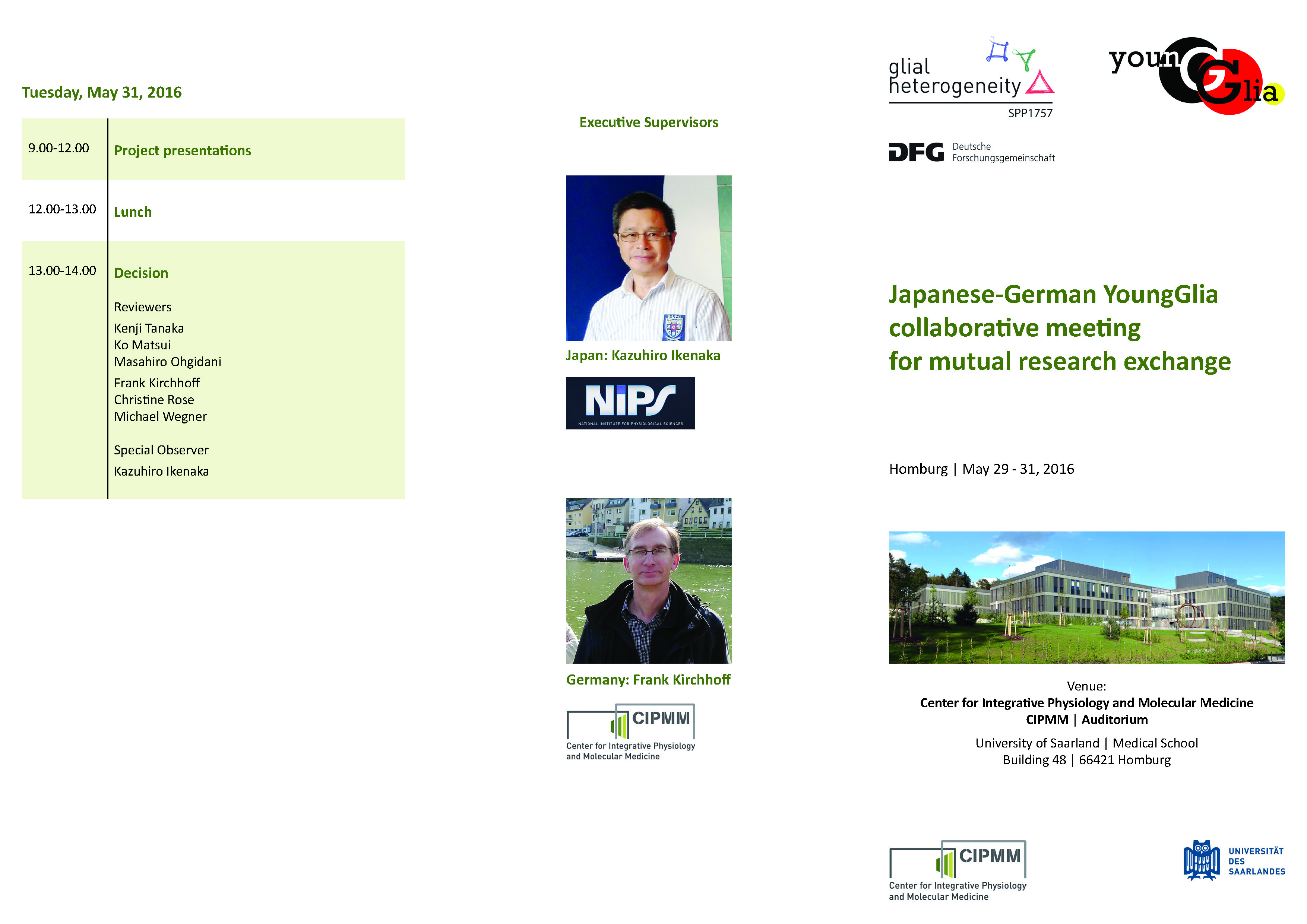
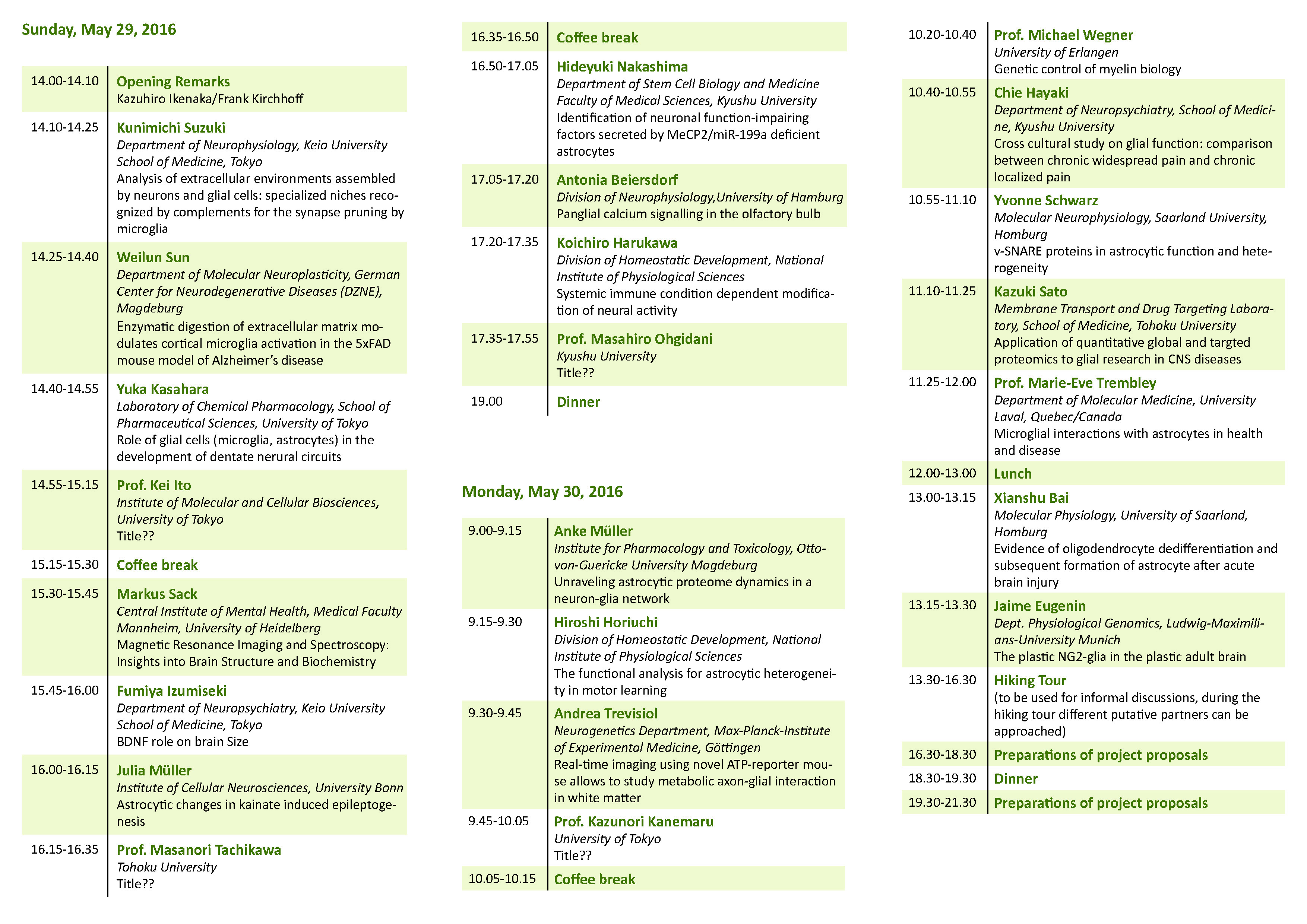
Announcements from Dr. Frank Kirchhoff:
24 May 2016
To the young scientists:
All of you will have a slot of 10+5 minutes to present your work you are interested in/you are working on or where you think it will be of mutual interest to putative partners of the other country. The presentations (10 min) will leave some time for discussions (5 min.). In addition, we will have poster sessions during the coffee and lunch breaks to support common discussions. The posters should be in A0 landscape. This is 118.9 cm width and 84.1 cm in height.
The attached Word file gives you also some more information about the YoungGlia project and how the tandem application should be formed. The Excel file contains a list of all attendants. It gives you also the names of the lab heads the junior scientists are coming from.
On Monday, we will have a guest lecture of Marie-Eve Tremblay on microglia/astrocyte interactions. On Monday afternoon we will have a hiking tour for informal discussions. Afterwards there will be enough time for common discussions and organization of tandem projects.
Dear Japanese young scientists:
Could you be so kind and send a short CV to my email address: frank.kirchhoff [at] uks.eu.
To the senior scientists:
Dear colleagues Kei Ito, Masanori Tachikawa, Masahiro Ohgidani and Kazunori Kanemaru!
I reserved a time slot of 25 min for you to give a presentation of the work in your lab. Could you be so kind and send a putative title of your presentation?
All the best and looking forward to see you soon
Frank
Prof. Dr. Frank Kirchhoff
Molecular Physiology
Center for Integrative Physiology and Molecular Medicine (CIPMM)
University of Saarland
Meeting location:
Center for Integrative Physiology and Molecular Medicine (CIPMM)Universitätsklinikum des Saarlandes und Medizinische Fakultät der Universität des Saarlande
http://physiology.uni-saarland.de/Home/Physiology_Directions.html
Map of CIPMM
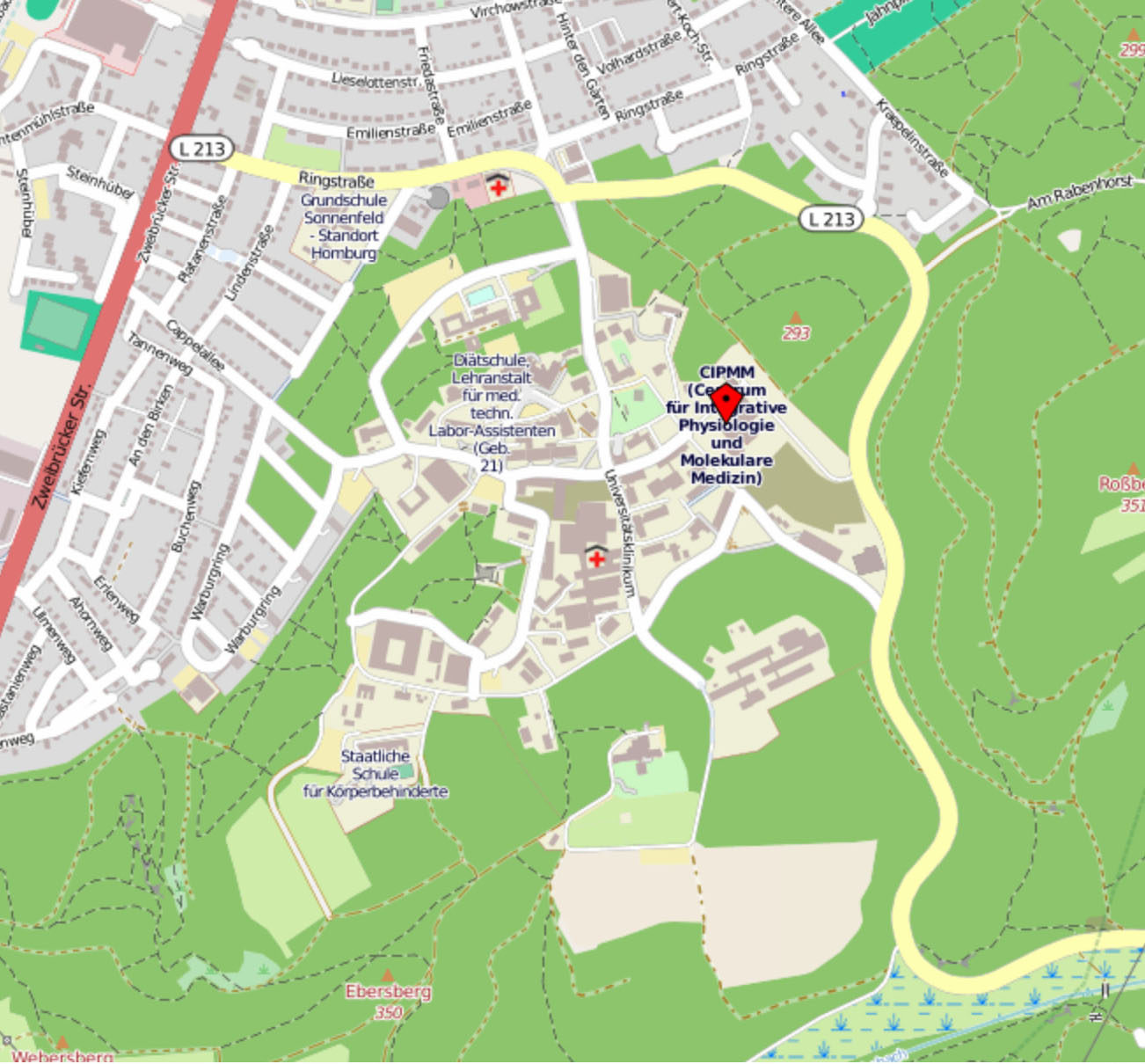
Map of CIPMM (close up)

Selected FY2016/2017 Collaborations
YG Platinum Award - 2FY full support collaboration
"Role of dysfunctional glia in epileptogenesis"
| Germany member |
Julia Müller |
Dr. Peter Bedner (Universität Bonn; Lab Head, Dr. Christian Steinhäuser) |
|---|---|---|
| Japan member |
Kazuki Sato |
Dr. Masanori Tachikawa (Tohoku University; Lab Head, Dr. Tetsuya Terasaki) |
| Japan member |
Yuka Kasahara |
Dr. Ryuta Koyama (University of Tokyo; Lab Head, Dr. Yuji Ikegaya) |
| Proposal |
Epilepsy is a neurological disorder affecting 65 million people worldwide. For many years it was thought that neuronal dysfunctions are the main cause of epilepsy. However there is growing evidence that the underlying mechanism is rather due to glia changes in the brain. Inflammation induced loss of gap junctional coupling of astrocytes has been demonstrated to be a key factor in the development of epileptogenesis. The underlying mechanism responsible for the uncoupling will be studied. |
|
| Exchange dates |
Kazuki and Yuka visited Julia in Bonn in FY2016. Plans for FY2017 are still undecided. |
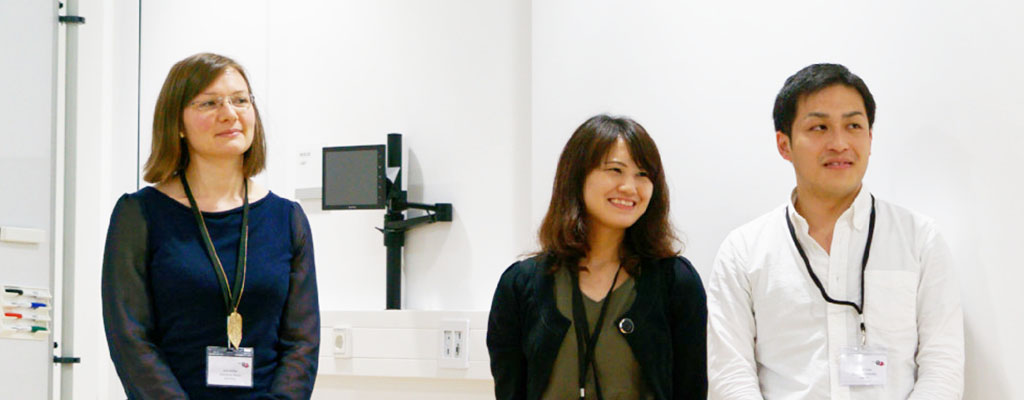
...to album
YG Platinum Award - 2FY full support collaboration
"Studying microglia interaction in the process of synapse pruning in health and disease"
| Japan member |
Dr. Kunimichi Suzuki |
Dr. Michisuke Yuzaki Lab (Keio University) |
|---|---|---|
| Germany member |
Weilun Sun |
Dr. Stoyan Stoyanov (German Center for Neurodegenerative Diseases (DZNE); Lab Head, Dr. Alexander Dityatev) |
| Proposal |
Microglia functions together with the innate immune system on eliminating unnecessary synapses or damaged cellular debris during both normal development and diseases conditions. Here we investigate the molecular mechanism and microglial dynamics by making the most of two photon microscopic imaging and genetic manipulation of associated proteins. |
|
| Exchange dates |
Kunimichi Suzuki visited Weilun Sun and Stoyan Stoyanov in FY2016. Stoyan Stoyanov visited Japan in FY2017. |
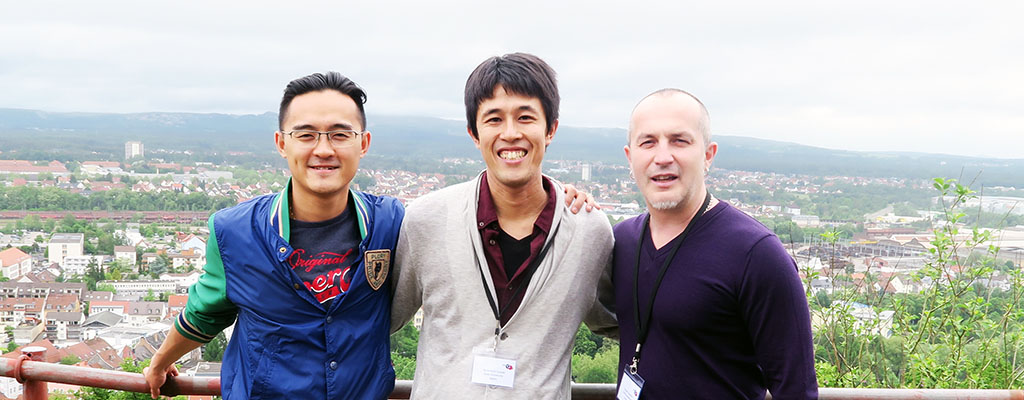
...to album
YG Platinum Award - 2FY full support collaboration
"Studying metabolism in glial cells"
| Germany member |
Andrea Trevisiol |
Dr. Johannes Hirrlinger (Max-Planck-Institute of Experimental Medicine; Lab Head, Dr. Klaus-Armin Nave) |
|---|---|---|
| Japan member |
Akiyo Natsubori |
Dr. Kenji F. Tanaka Lab (Keio University) |
| Proposal |
ATP FRET imaging and fiber-photometry. |
|
| Exchange dates |
Andrea visited the whole west-side of Japan and Akio visited Göttingen in FY2016. Plans for FY2017 are still undecided. |
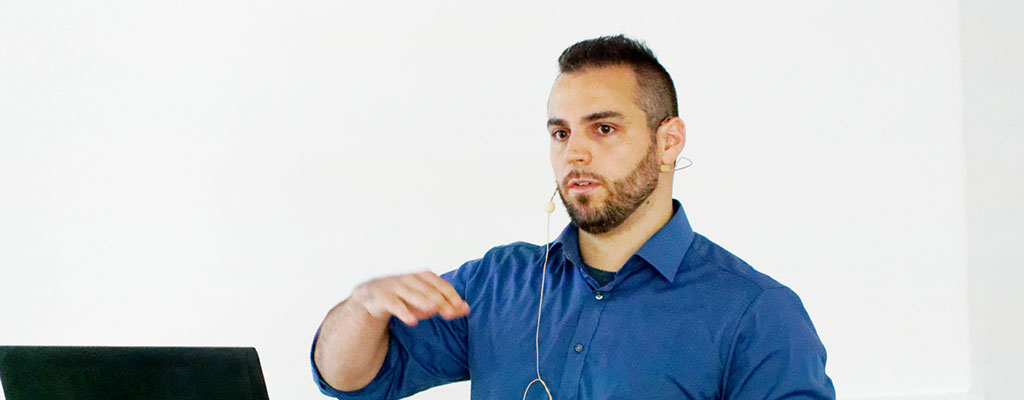
...to album
YG Platinum Award - 2FY full support collaboration
"The role of astrocytes in synaptic transmission"
| Germany member |
Yvonne Schwarz |
Dr. Dieter Bruns Lab (Universität des Saarlandes) |
|---|---|---|
| Japan member |
Hideyuki Nakashima |
Dr. Kinichi Nakashima
Lab (Kyushu University) |
| Proposal |
**********************. |
|
| Exchange dates |
Plans for FY2016/FY2017 are still undecided. |
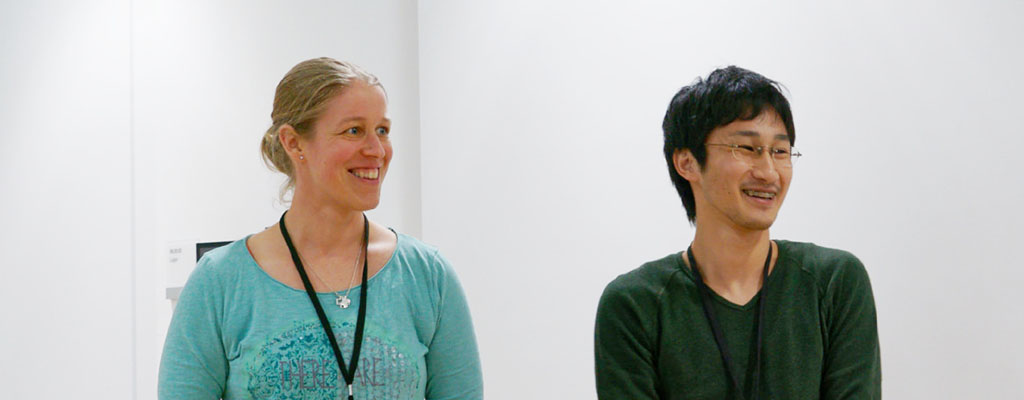
YG Gold Award - 1FY collaboration startup support
"Calcium signaling synchronization between glia and neurons."
| Japan member |
Dr. Hiroshi Horiuchi |
Dr. Hiroaki Wake (National Institute for Physiological Sciences; Lab Head, Dr. Junichi Nabekura) |
|---|---|---|
| Germany member |
Jaime Eugenin von Bernhardi |
Dr. Leda Dimou Lab (Ludwig-Maximilians-University Munich) |
| Proposal |
**********************. |
|
| Exchange dates |
Exchange plan to be executed in FY2017. |
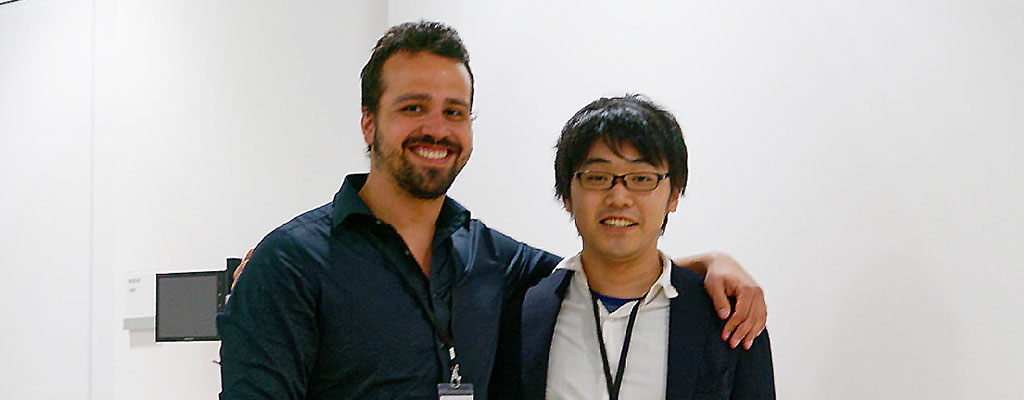
Certificates with individual names were distributed to honor the awardees.
YG Silver Award - Travel grant for YG meetings
"Travel grant for YG meeting @ Homburg May 2016"
| Japan member |
Kunimichi Suzuki, Yuka Kasahara, Fumiya Izumiseki, Hideyuki Nakashima, Koichiro Harukawa, Hiroshi Horiuchi, Chie Hayaki, Kazuki Sato |
|---|---|
| Germany member |
Weilun Sun, Markus Sack, Julia Müller, Antonia Beiersdorf, Anke Müller, Andrea Trevisiol, Yvonne Schwarz, Xianshu Bai, Jaime Eugenin |
